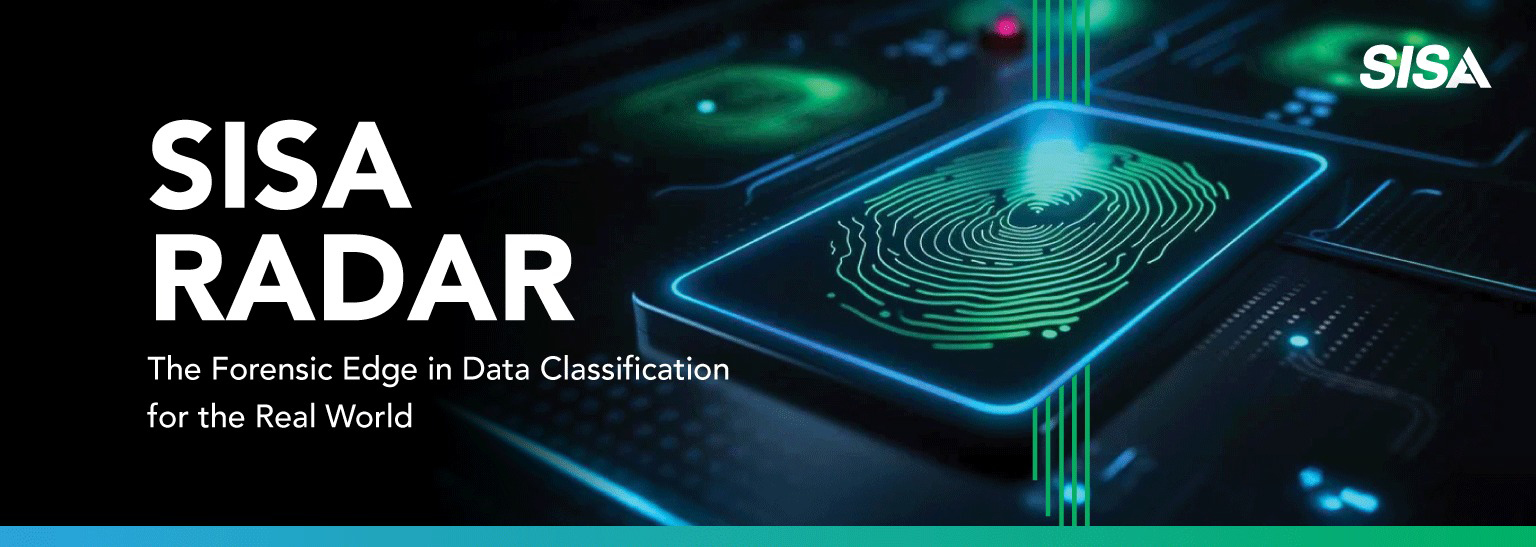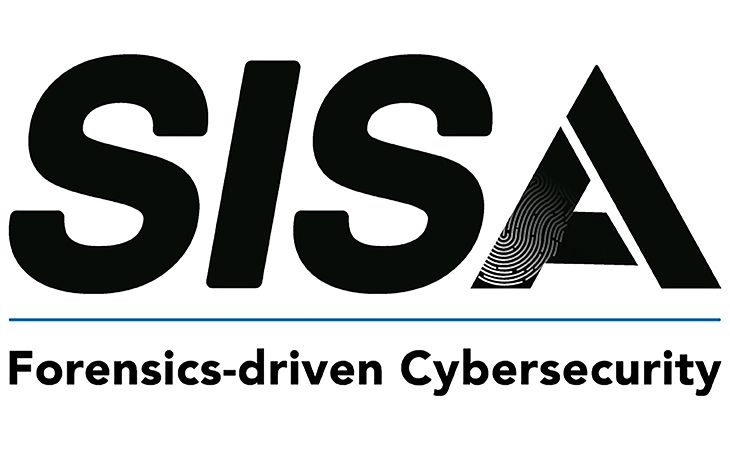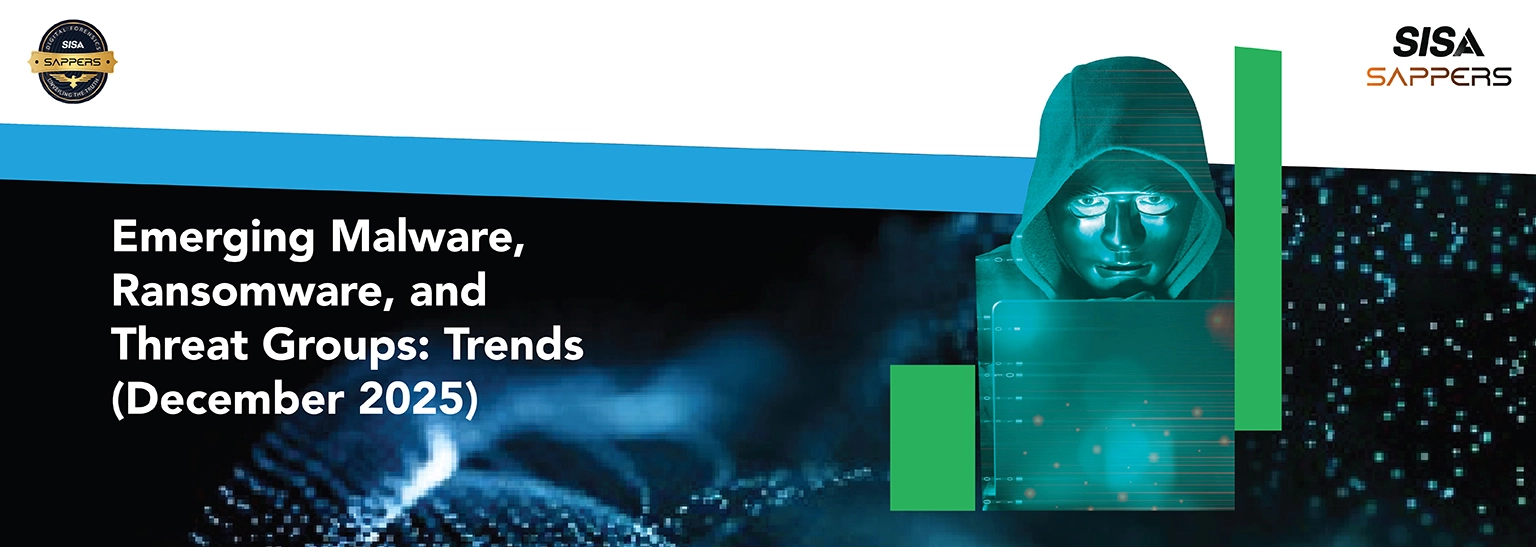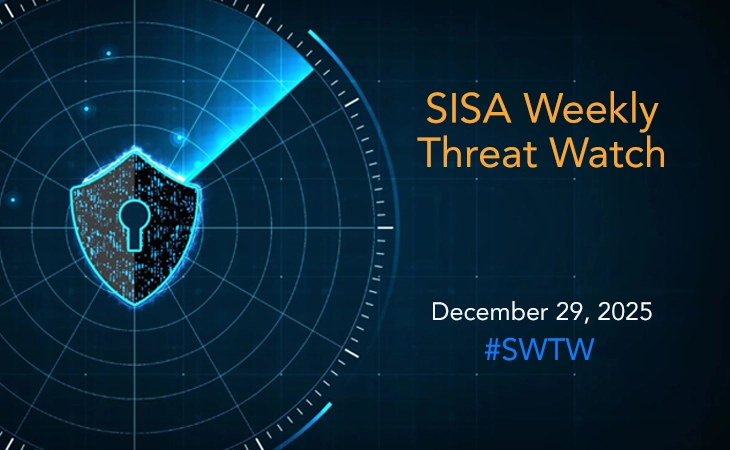Compromise assessment
Despite stronger defenses, attacker dwell times remain stubbornly high. Today’s threats are advanced, deliberate, and built to quietly linger in your environment. A Compromise Assessment offers a proactive way to detect breaches silently unfolding beneath the surface.
It helps uncover hidden malware, unauthorized access, and subtle anomalies that routine monitoring often overlooks.
Think of it as a security reality check before the damage becomes visible.
Why an organization need a compromise assessment?
Spot the unseen
Repeating the same evidence collection and validation processes for different audits is inefficient and costly.
Strengthen compliance
Demonstrate proactive security to auditors and regulators. A compromise assessment supports regulatory readiness and helps avoid penalties.
Protect your reputation
A breach can shake customer trust. Identifying compromises early helps contain damage and reinforces your commitment to security.
When does it make sense to conduct a compromise assessment?
A compromise assessment is not just for when something goes wrong. It’s a proactive tool that is valuable across multiple scenarios:
Post-incident validation
Assess the full impact of a breach, confirm containment, and detect any lingering threats.
Compliance requirements
Meet regulatory mandates through periodic assessments aligned with industry standards.
Routine security hygiene
Perform regular health checks to validate your environment’s security posture.
Suspicious or anomalous activity
Investigate unusual behavior flagged by SOC or monitoring tools for hidden threats.
During high-risk periods
Act pre-emptively when threat intel points to increased activity in your sector or region.
Through our compromise assessment, we aim to:
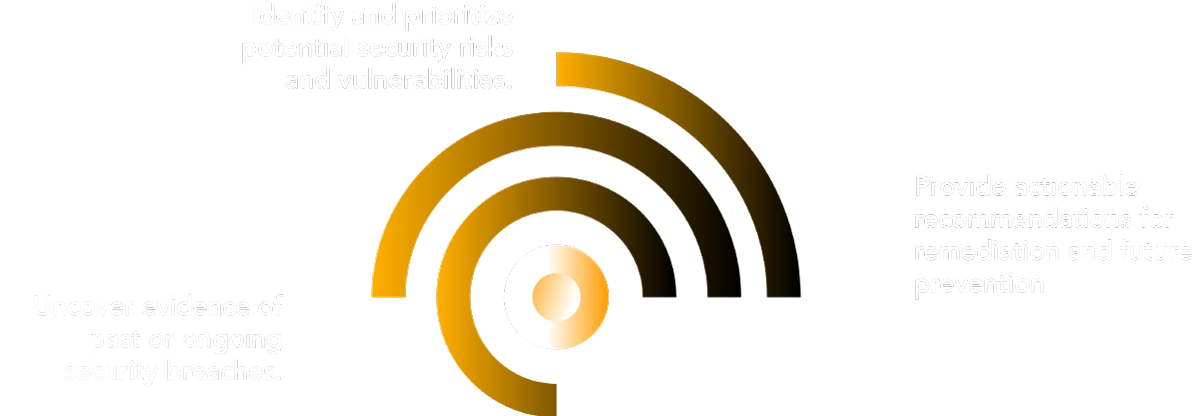
SISA methodology for compromise assessment
SISA follows a structured and systematic approach to conducting the compromise assessment. This methodology is designed to systematically identify, analyse, and report on any indicators of compromise within an organization's digital environment.
Scoping and objective Setting
Define assessment scope and objectives in collaboration with the client, aligning with key risk areas and systems of concern.
Data collection
Collect network, endpoint, and log data using SISA IR agents, firewall traffic logs, and SIEM exports covering at least one month.
Threat detection and analysis
Use IoC scans, behavior analysis, threat intel, and dark web scans to detect signs of intrusion, malicious activity, or data exposure.
Incident validation and impact assessment
Validate identified threats and assess their impact on business operations, security posture, and infrastructure.
Summary of findings and recommendations
Deliver a detailed report with evidence, an executive summary, and clear remediation steps for future risk mitigation.
Critical analysis carried as part of compromise assessment
A thorough compromise assessment should encompass several key areas to ensure comprehensive coverage of an organization’s digital infrastructure.
Endpoint analysis
- Check workstations, servers, and mobile devices for signs of compromise
- Analyze system logs, file integrity, and EDR data for malware or unauthorized changes
Network traffic analysis
- Monitor traffic patterns for signs of data exfiltration or C2 activity
- Review firewall and IDS/IPS logs to detect unusual or malicious flows
Log aggregation and analysis
- Collect and correlate logs from servers, network, and security devices
- Spot anomalies and trace suspicious activity across systems
Deliverables from compromise assessment
Our assessment delivers actionable insights, technical depth, and audit-ready documentation
Executive summary report
Key findings, business impact, and high-level recommendations
Technical findings report
IoCs, TTPs, activity timeline, and affected systems
Risk prioritization matrix
IoCs, TTPs, activity timeline, and affected systems
Remediation roadmap
Step-by-step guidance to close identified gaps
Before/after snapshots
Comparative view of posture pre- and post-remediation
Compliance support pack
Documentation aligned to frameworks like RBI, PCI DSS, ISO 27001
 USA
USA India
India APAC
APAC Middle East
Middle East Global
Global


 Facebook
Facebook Linkedin
Linkedin  X
X Youtube
Youtube



